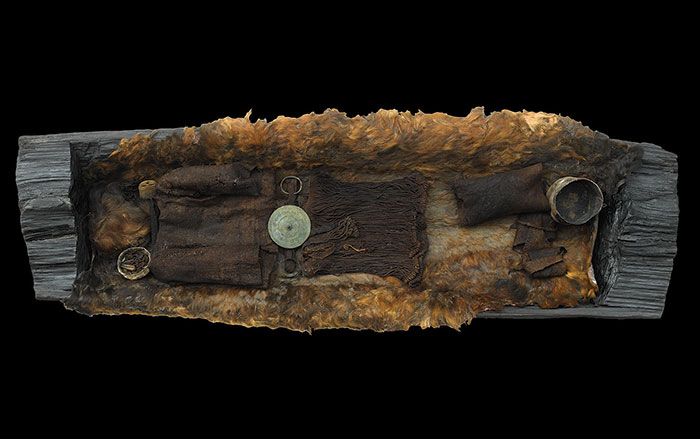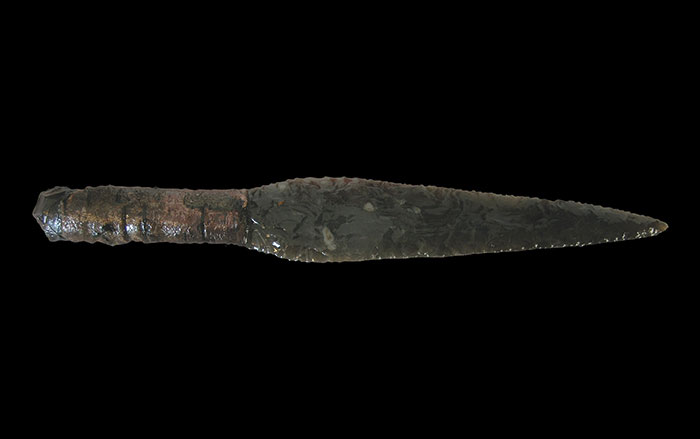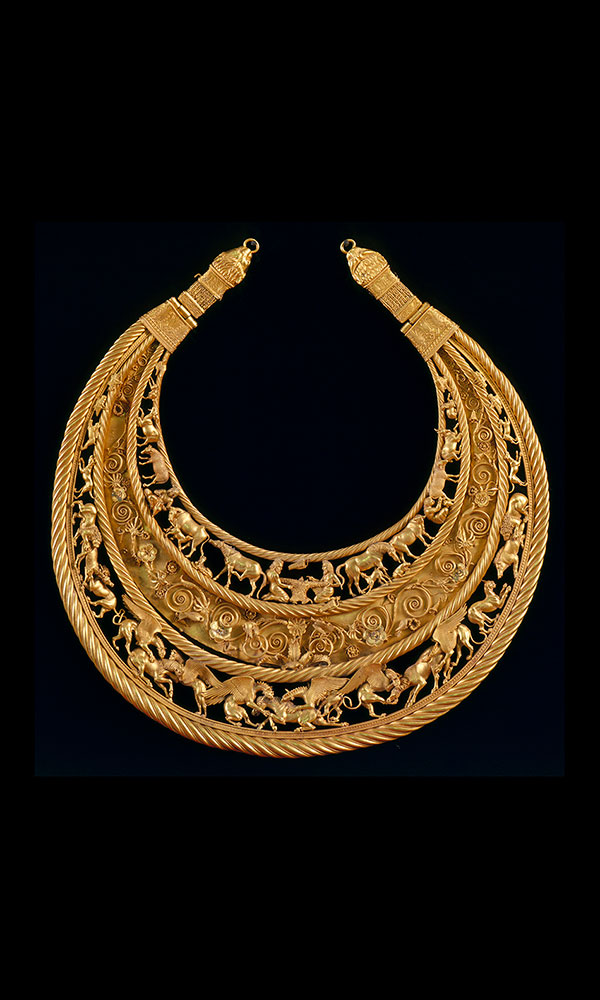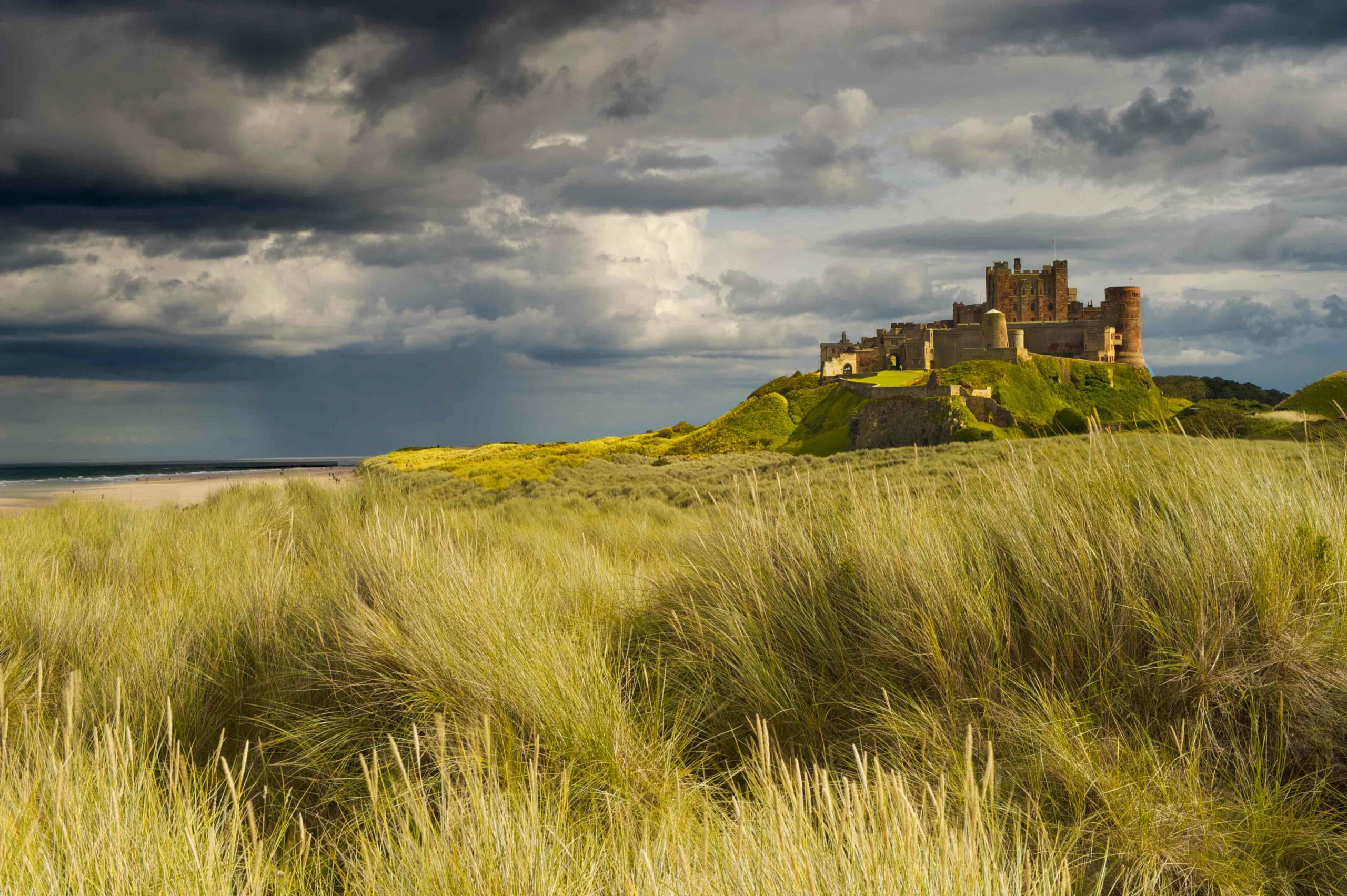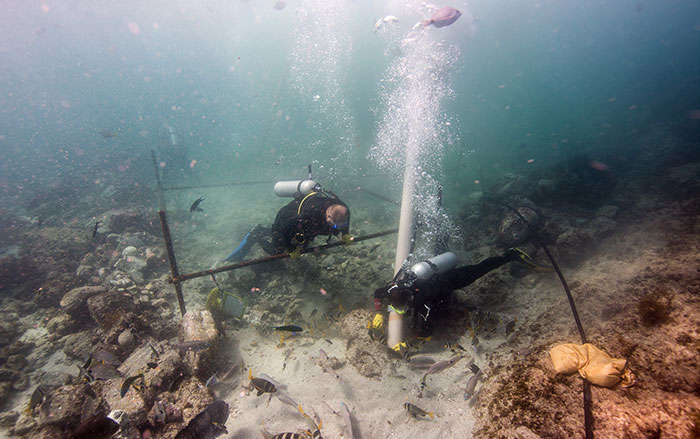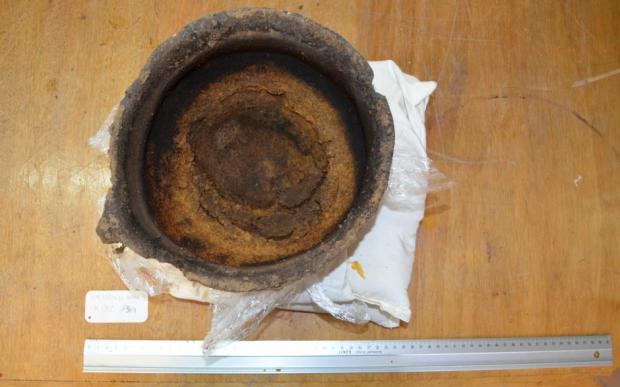
SILKEBORG, DENMARK—Science Nordic reports that archaeologists found a 3,000-year-old clay pot in central Jutland that appears to have been discarded after a recipe burned. Kaj F. Rasmussen of Museum Silkeborg said that the pot, found intact in a waste pit, contained a white-yellow crust, rather than the black, burned starch that is usually found in ancient cooking pots. A sample of the residue was analyzed with mass spectrometry by Mads Chr. Christensen of the Danish National Museum. The results suggest that the crusty substance was burned bovine fat, perhaps curds from making hard cheese. “I cannot help but wonder if someone had a guilty conscience. It’s well and truly burnt and must have smelt terrible,” Rasmussen said. To read about another discovery in Denmark, go to "Bronze Age Traveler."


